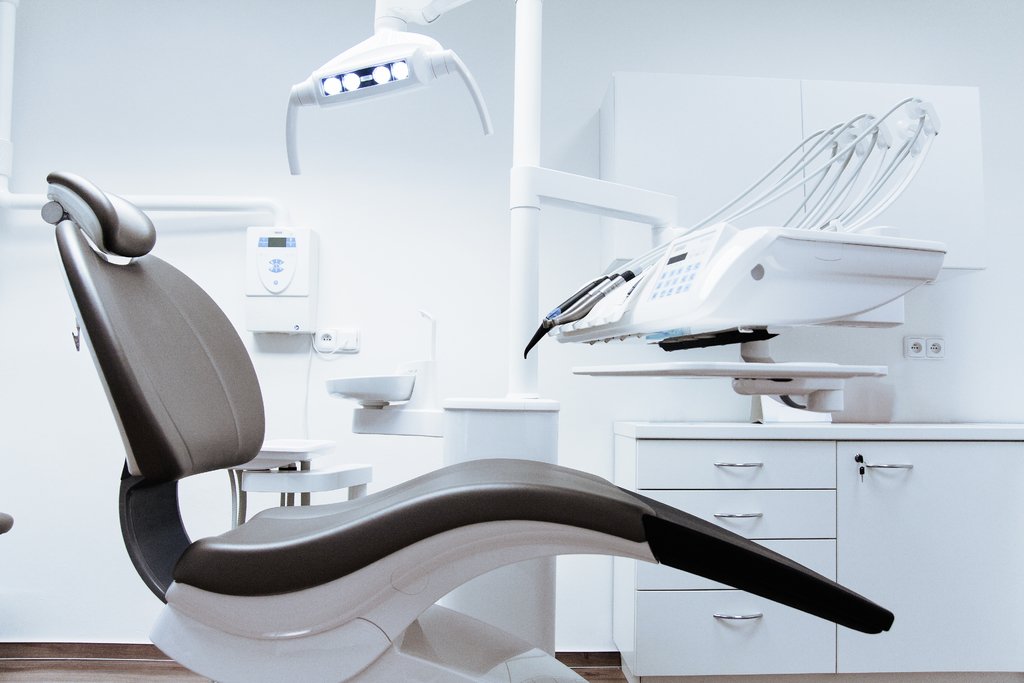Table of Contents Show
Healthcare facilities face special needs when selecting furniture. All items need to be durable but must also meet challenges not experienced in typical business settings.
At the same time, different types of facilities may require furnishing designed for special uses. If you’re currently exploring options for purchasing furniture for a healthcare facility, here are four factors to consider.

Focus on Safety
While one facility’s needs may differ from another one, Durable Furniture for Healthcare Facilities will always be a priority. While facilities may offer different types of care and need furnishing related to those care needs, safety and durability will always be crucial.
Orthopedic clinics, for example, need seating and other furnishings designed to facilitate safe transitions from sitting to standing even when patients have significant impairments or are recovering from surgeries.
Keeping the Furnishings Clean
Cleanliness has always been important, but the pandemic rapidly changed the way healthcare providers handle sanitation. Furnishings must be designed to be cleaned frequently to reduce the odds of transmitting diseases.
In many cases, clinic personnel will clean seating areas and exam rooms between patients to reduce the chances of transmitting germs or viruses from patient to patient.
Surfaces must be easy to clean and designed with fewer catch points for bacterial growth and transmission. Desk surfaces as well as cabinets and drawers must also be easy to clean.
Of course, cleaning needs will differ somewhat from one type of facility to another, but the overall objective will always be to minimize the odds of disease transmission between patients and staff members.
Read Also:
Looks, Matter
While keeping patients safe is important, the look and feel of a healthcare facility are also crucial. Most patients are already feeling stressed simply because they need to visit a care provider, so a cold, sterile facility may well increase those stress levels.
Design elements, including furnishings, can be selected to make the environment more aesthetically appealing. Warm, inviting colors and materials help patients relax even when higher stress levels are normal.
While social distancing and the use of PPE are always important, proper safety precautions don’t have to suffer when quality, attractive furnishings are in use. Although white-on-white design schemes are still popular, it’s important to incorporate colors and textures into the overall design.
Family Members and Companions
While it’s easy to focus solely on the needs of patients, it’s also important to realize those patients will have family members or companions with them. At this point, many facilities restrict the number of people allowed with a patient, but those restrictions may ease in the near future.
So, in addition to ergonomically correct furnishings for patients, having seating and other furnishings for family members should also be considered. Take the time to evaluate your facility’s needs before making buying decisions to make life easier for everyone.
Choosing the Right Supplier is Always Important
When it’s time to obtain furnishings for any healthcare facility, it’s vitally important to work closely with a supplier that understands which types of furnishing provide optimal benefits in various care settings.
Whether you’re looking for ideas to furnish a behavioral healthcare facility or a general practice clinic, consider all the options and their pros and cons prior to making a purchasing decision.
Providers have access to different styles and types of furnishings to ensure a specific care facility has chairs, beds, and other healthcare furniture.









